About The School
1912 – 1919
The history of Beckenham Primary School is a tale of determination, growth, and community spirit. It all began with a petition presented to the Minister for Education, a request for a state school in the district.
This plea led to the establishment of East Cannington School in March 1912, with just 21 eager students. The humble beginnings were marked by a challenging environment; the building lacked both a ceiling and a stove. Despite these initial hardships, the school steadily grew, reaching an enrolment of 56 students.
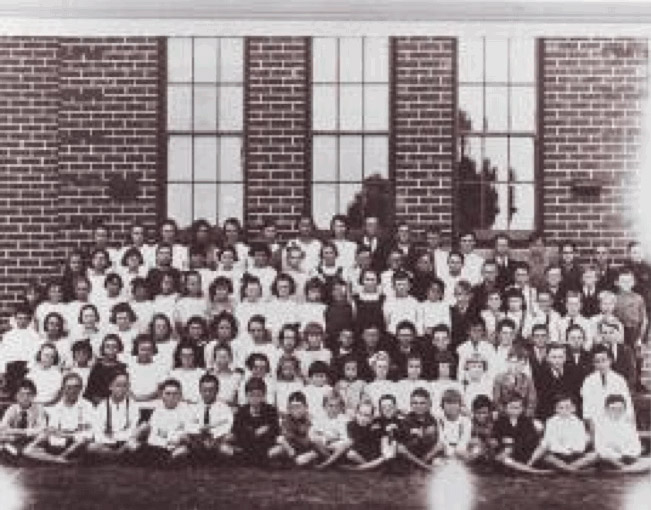
In June 1913, a new building was opened, marking a significant step forward. However, the school faced several obstacles in its early years, including epidemics that affected attendance. Teachers had to adapt their schedules to accommodate those traveling by train.
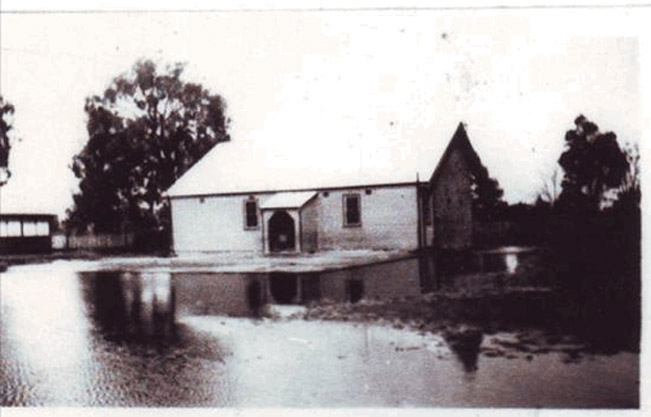
1920 – 1939
In 1920, the school community came together to construct a tennis court, an initiative funded by the teachers themselves. The grounds, however, were prone to flooding during the winter months, necessitating drainage improvements in the late 1920s. By 1928, the school boasted a library with over 100 books, which were put to good use.
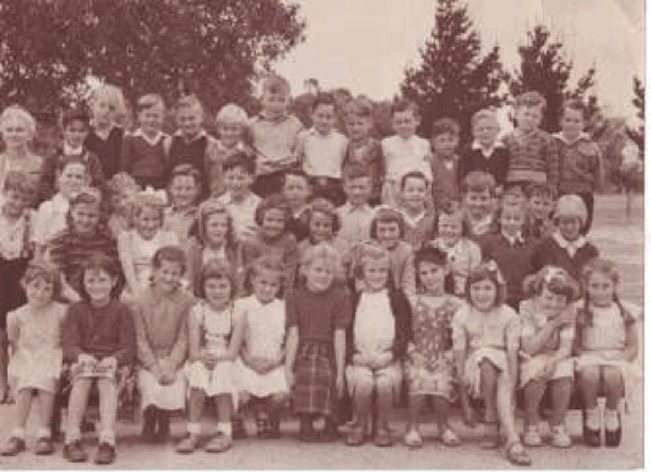
As the years passed, the need for repairs became evident, but the school continued to excel in various areas, with a 1930 report highlighting its outstanding characteristics in behaviour, intelligence, and keenness. In the 1930s, sports became a strong feature of the school, and various fundraising events, including community concerts and fancy dress occasions, were organized to purchase equipment.
1940 – 1978
Throughout the 1940s, a bird club and a Junior Red Cross were established, reflecting the community’s diverse interests. The school also diligently practiced air raid exercises during these times. Despite the challenges, the Parent-Teacher Association (P&C) worked tirelessly to raise funds for the school, and numerous sporting events were organised in the late 1940s.
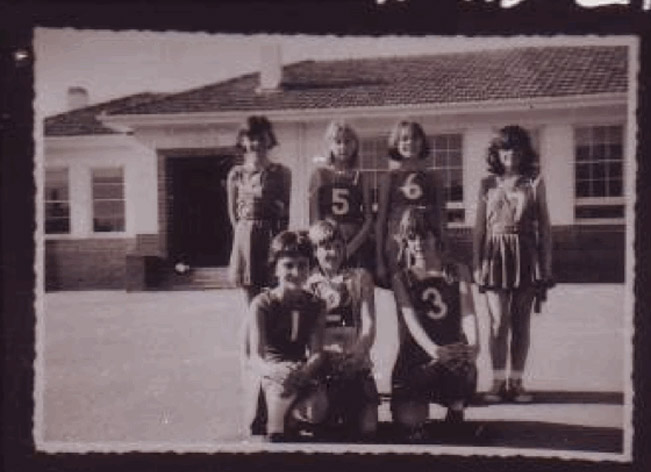
By 1949, the school had undergone significant renovations, including repairs to the grounds, buildings, and fences. Each classroom was equipped with its own wireless receiver, and a film projector was purchased. Lawns were successfully grown around the school, enhancing its aesthetics.

The school’s enrolments continued to grow, reaching over 640 students in 1969, utilising sixteen classrooms. In 1970, the school’s name changed to Beckenham Primary School, reflecting its evolving identity. However, the late 1970s saw a decline in enrolments as another school opened in the district, prompting around 180 students to transfer there. Despite these fluctuations, the school remained a pillar of the community. The first school camp at Point Peron took place in 1978, adding to the school’s rich tradition of extracurricular activities.
1979 – TODAY
In 1979, a Dental Health mobile clinic was introduced, emphasizing the school’s commitment to the well-being of its students. A new chapter began in 2010 when a school board was established to support Beckenham Primary School in becoming an Independent Public School (IPS). New facilities, including the Science/Art building, Music room, library, and additional classrooms, were constructed.
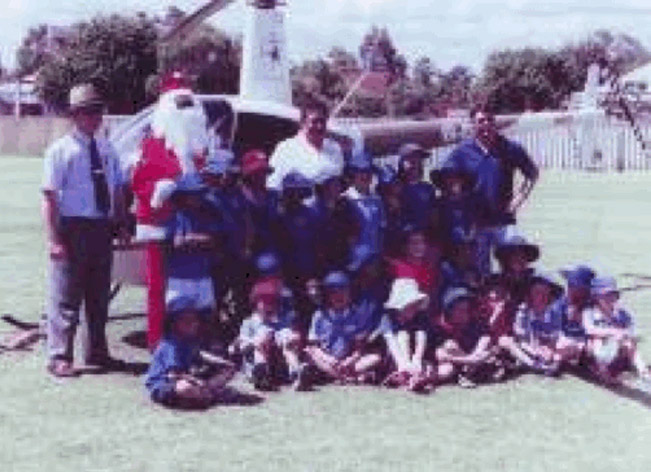
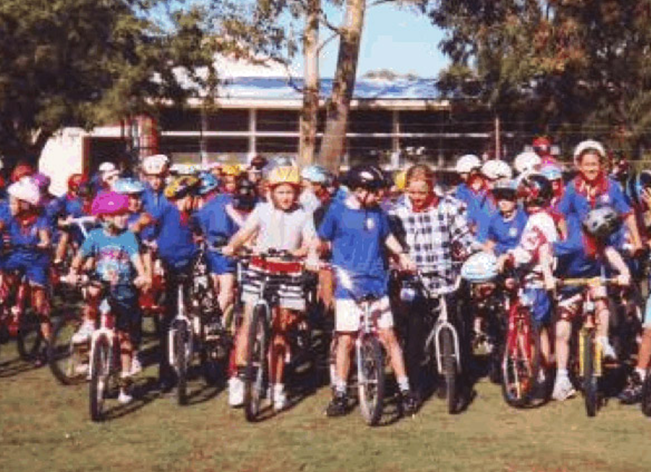
In 2011, the school saw further transformation as the old library was converted into the Stephanie Alexander building, incorporating a kitchen and garden program with a specialist teacher. The school continued to innovate with a public address system installation and ongoing beautification of the school grounds. The old canteen was repurposed as a child care centre, catering to the needs of both students and working parents.
Beckenham Primary School continued to evolve and adapt, with all classes contributing to a centenary mural, and the old playground systems were upgraded to provide a safe and engaging environment for its students. Throughout its history, Beckenham Primary School has demonstrated resilience, community engagement, and a commitment to educational excellence.


